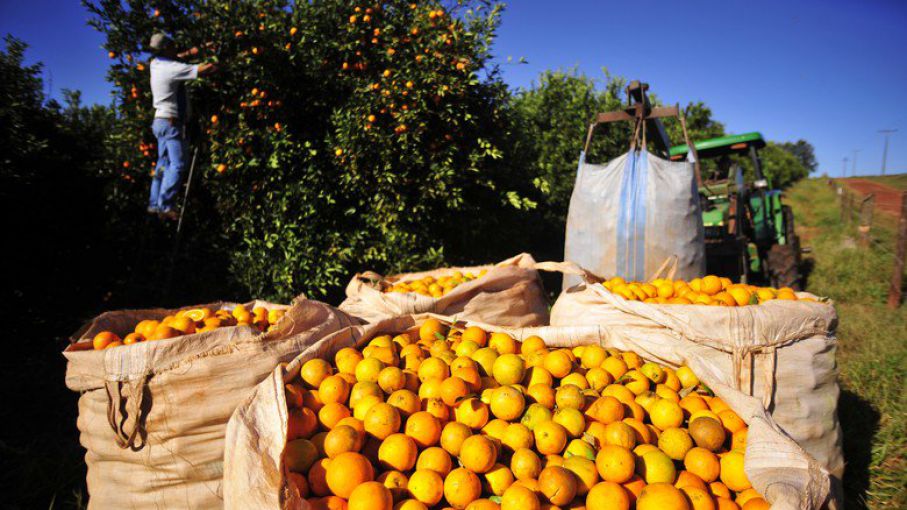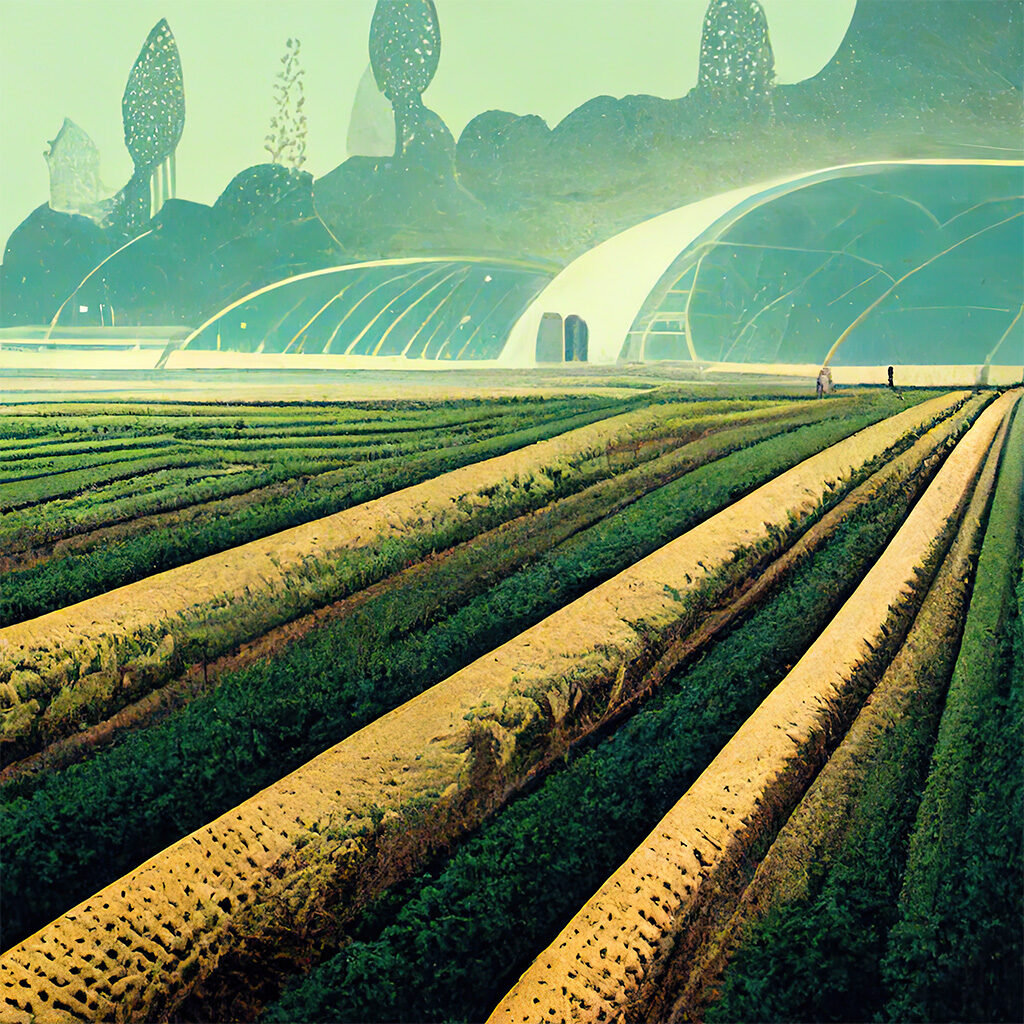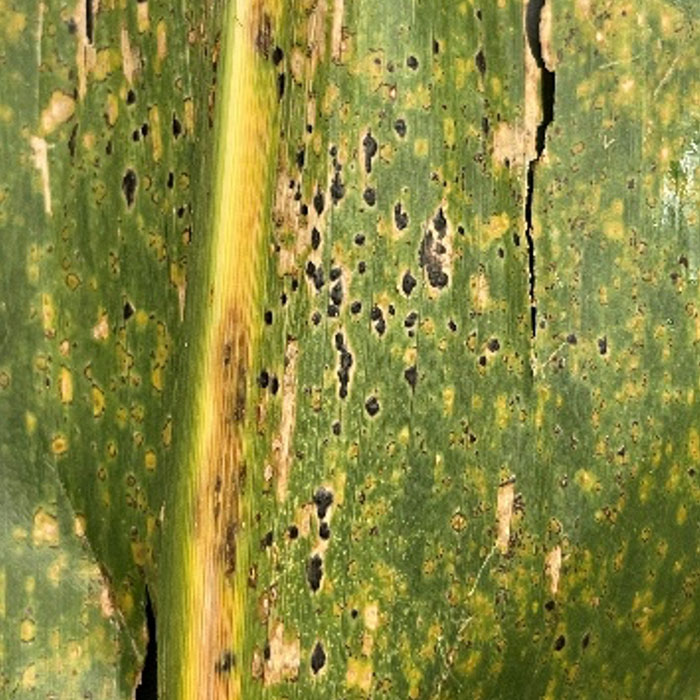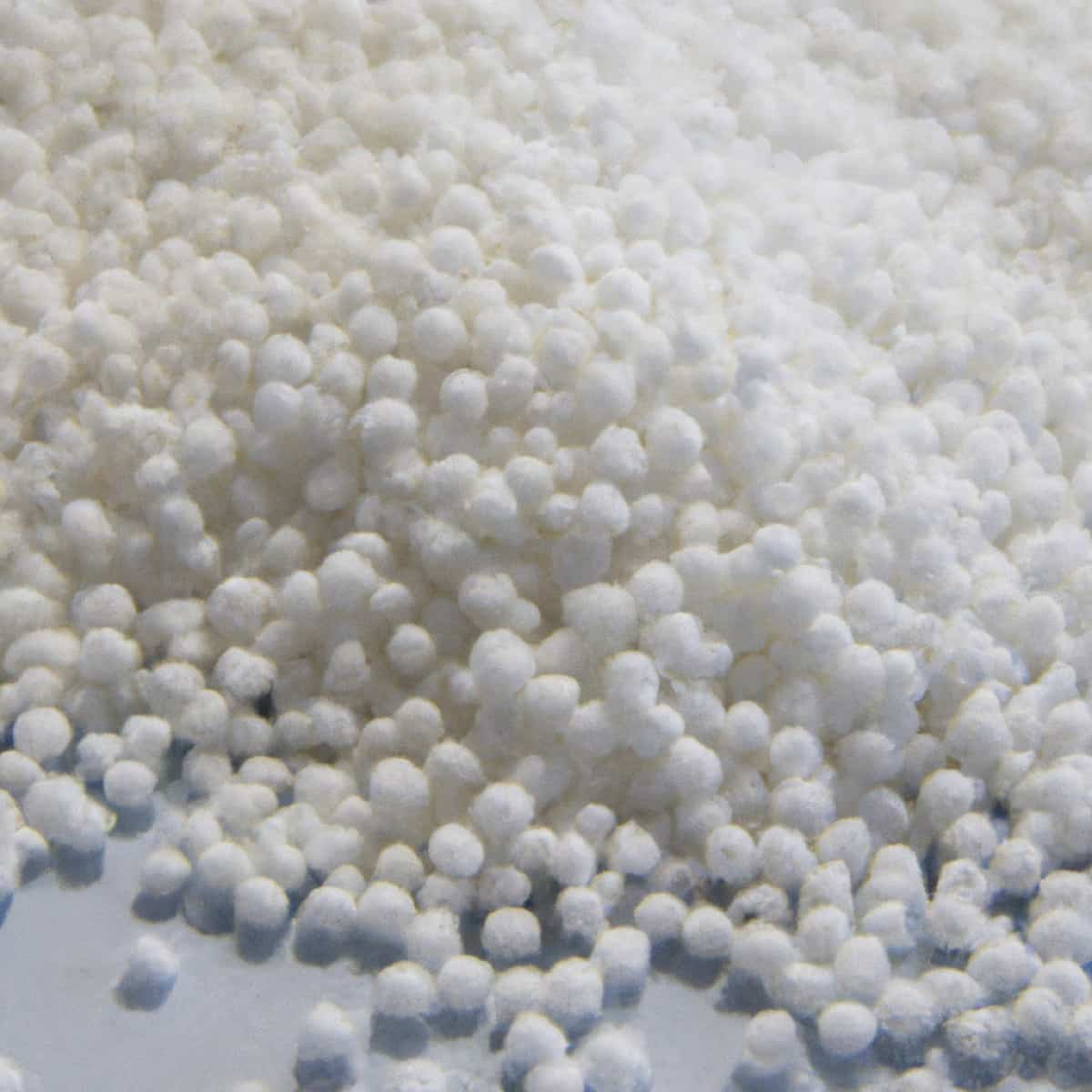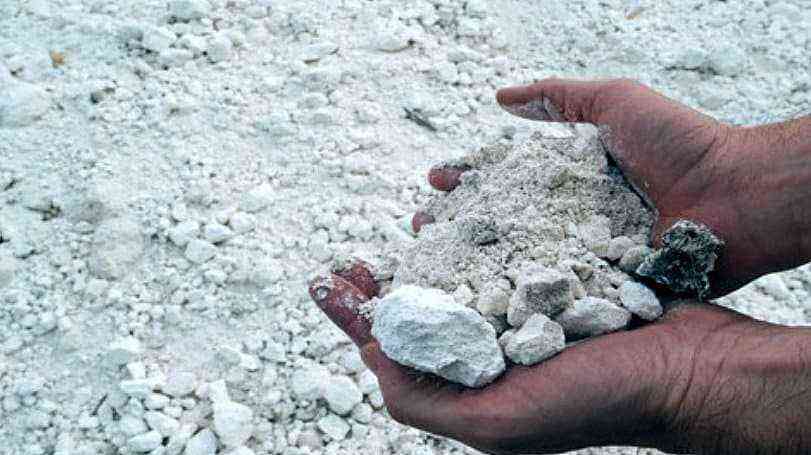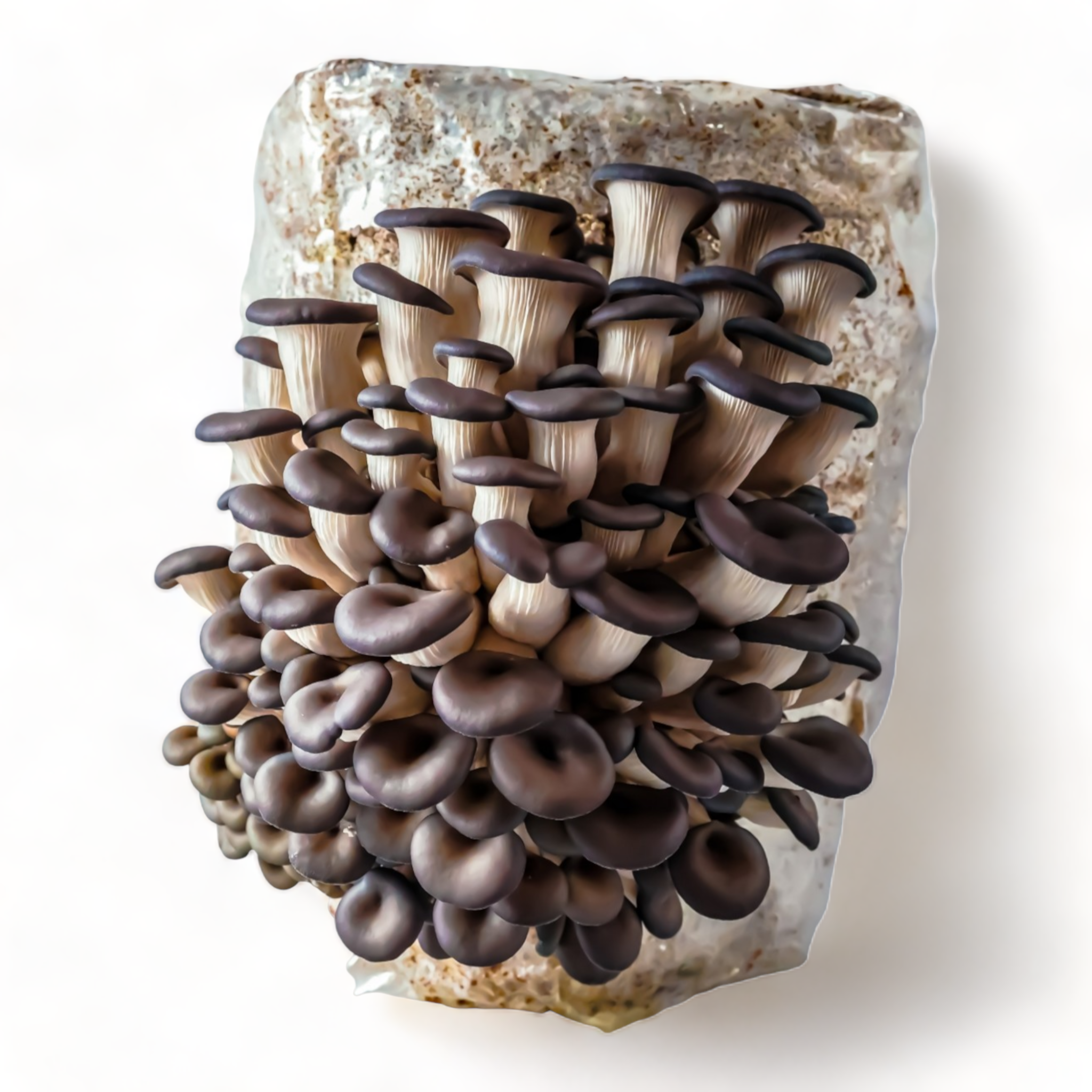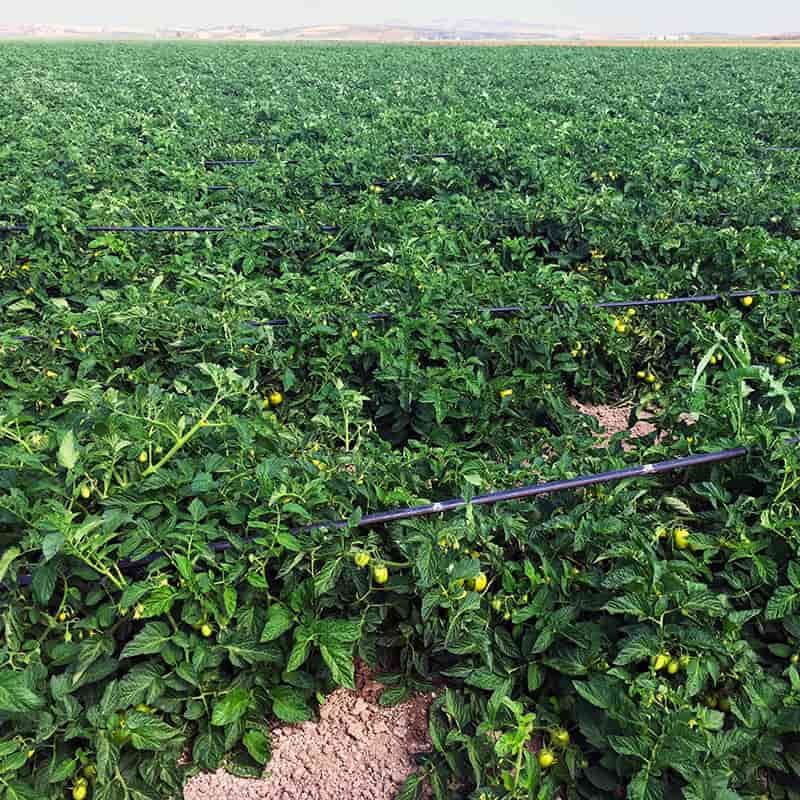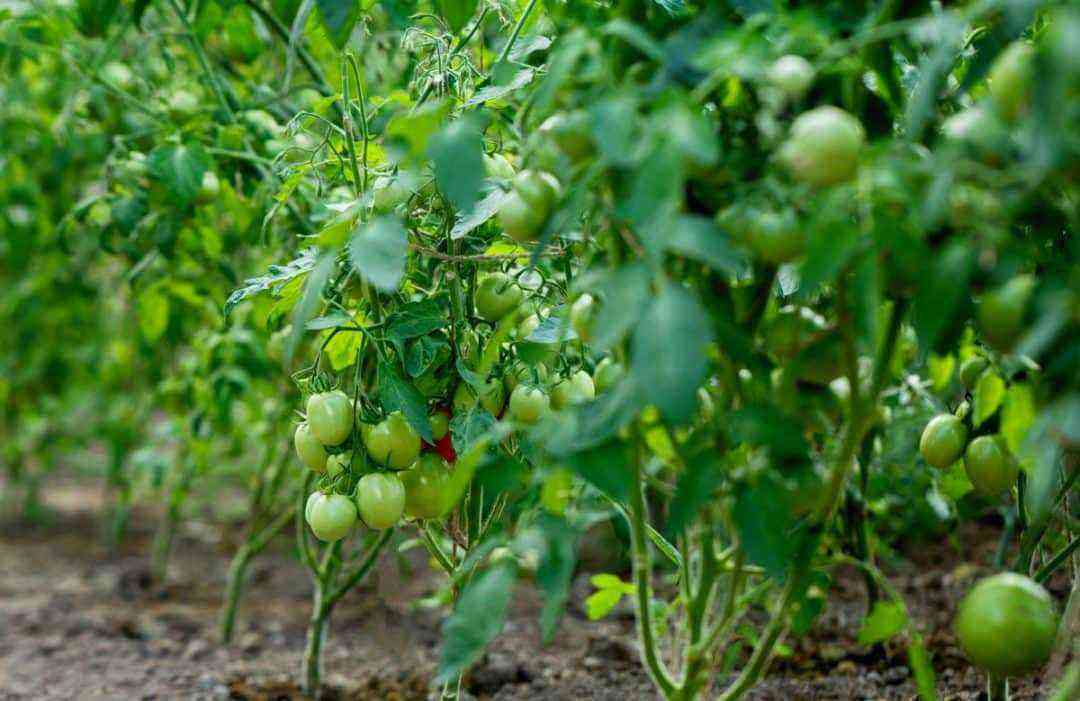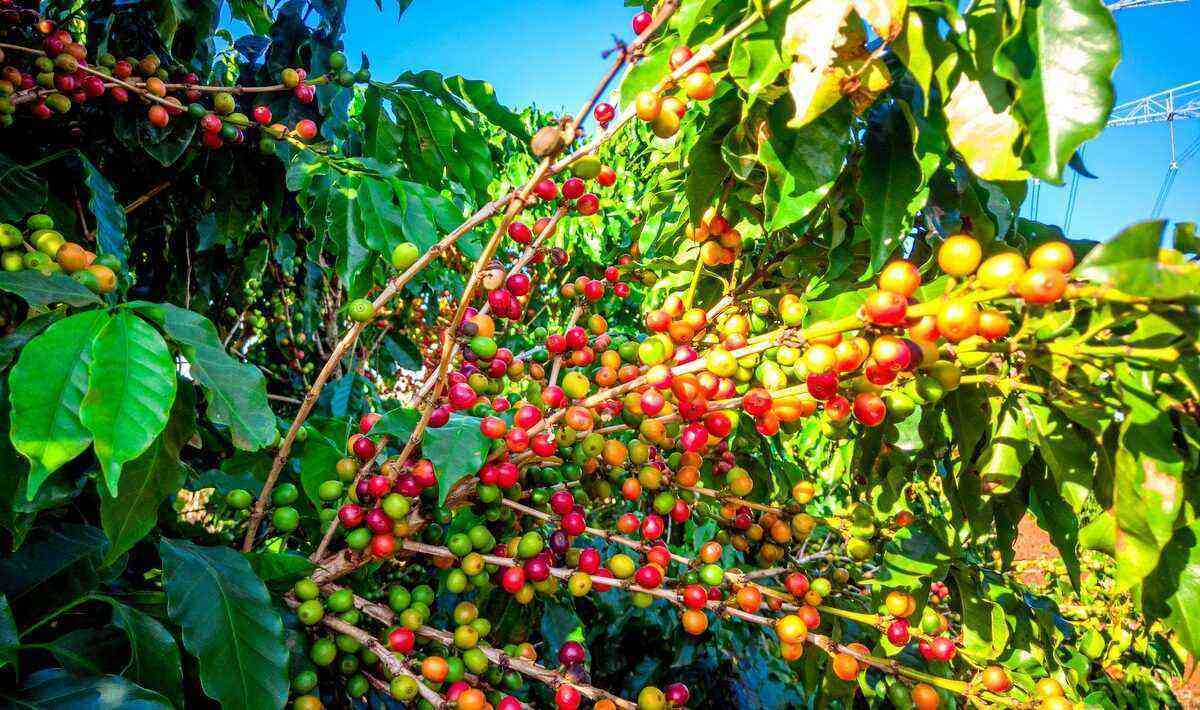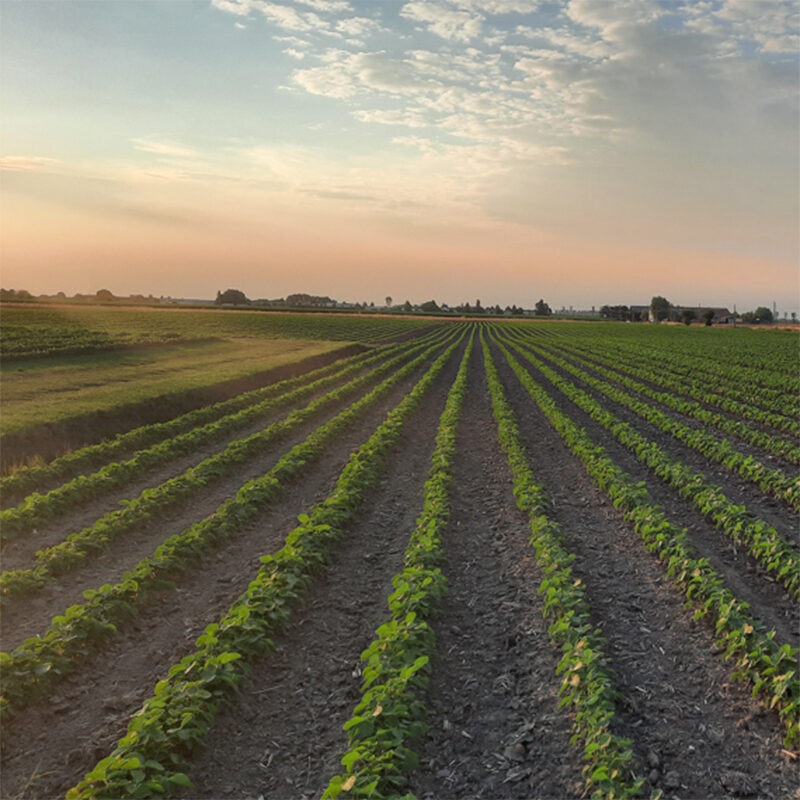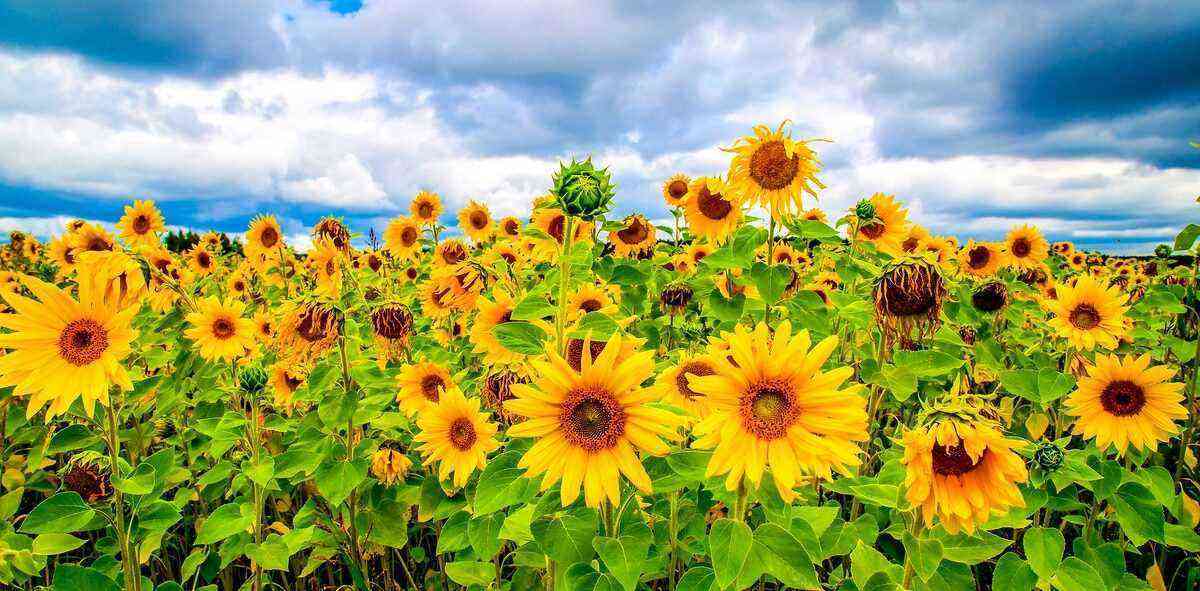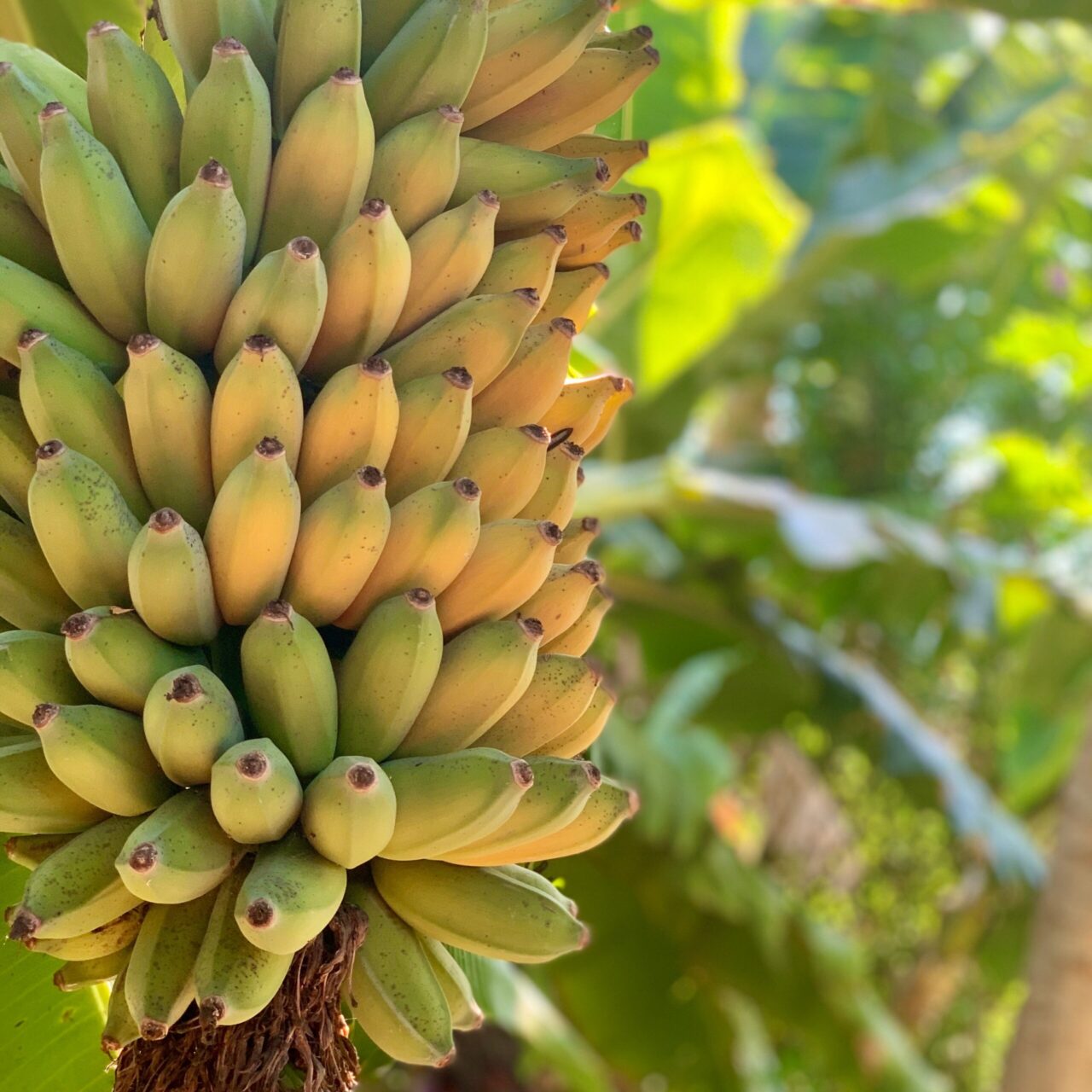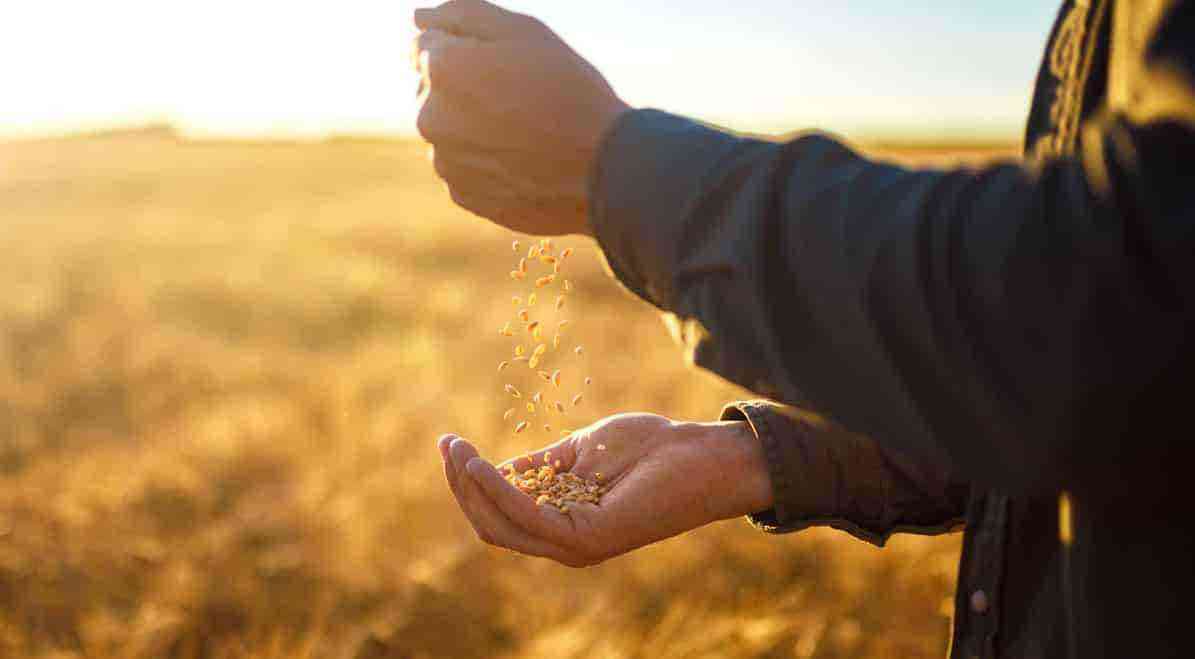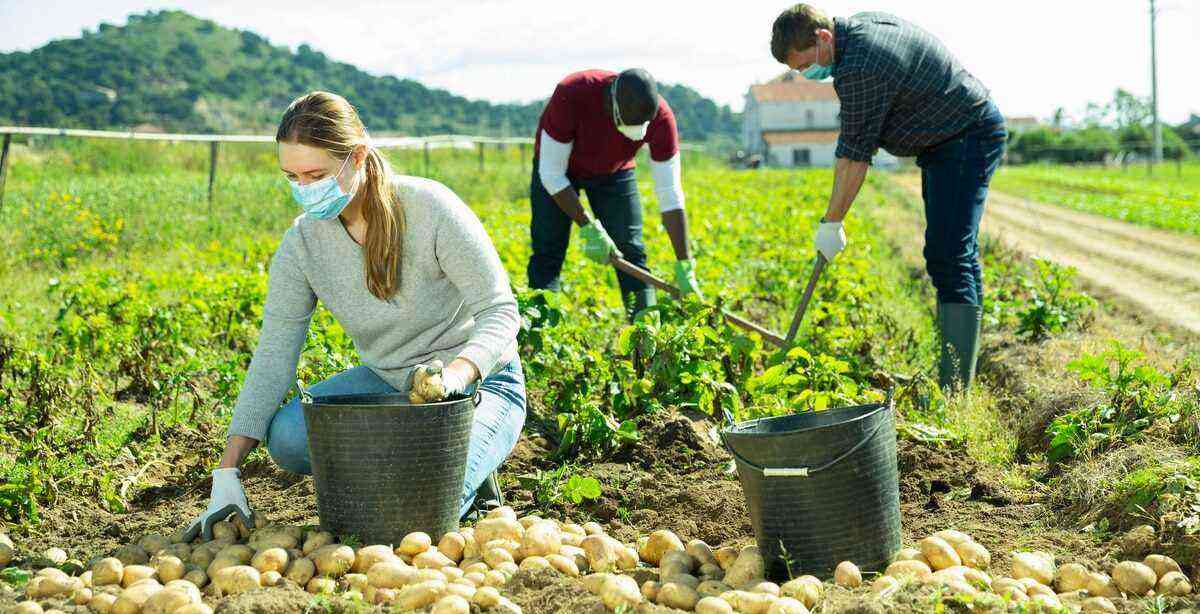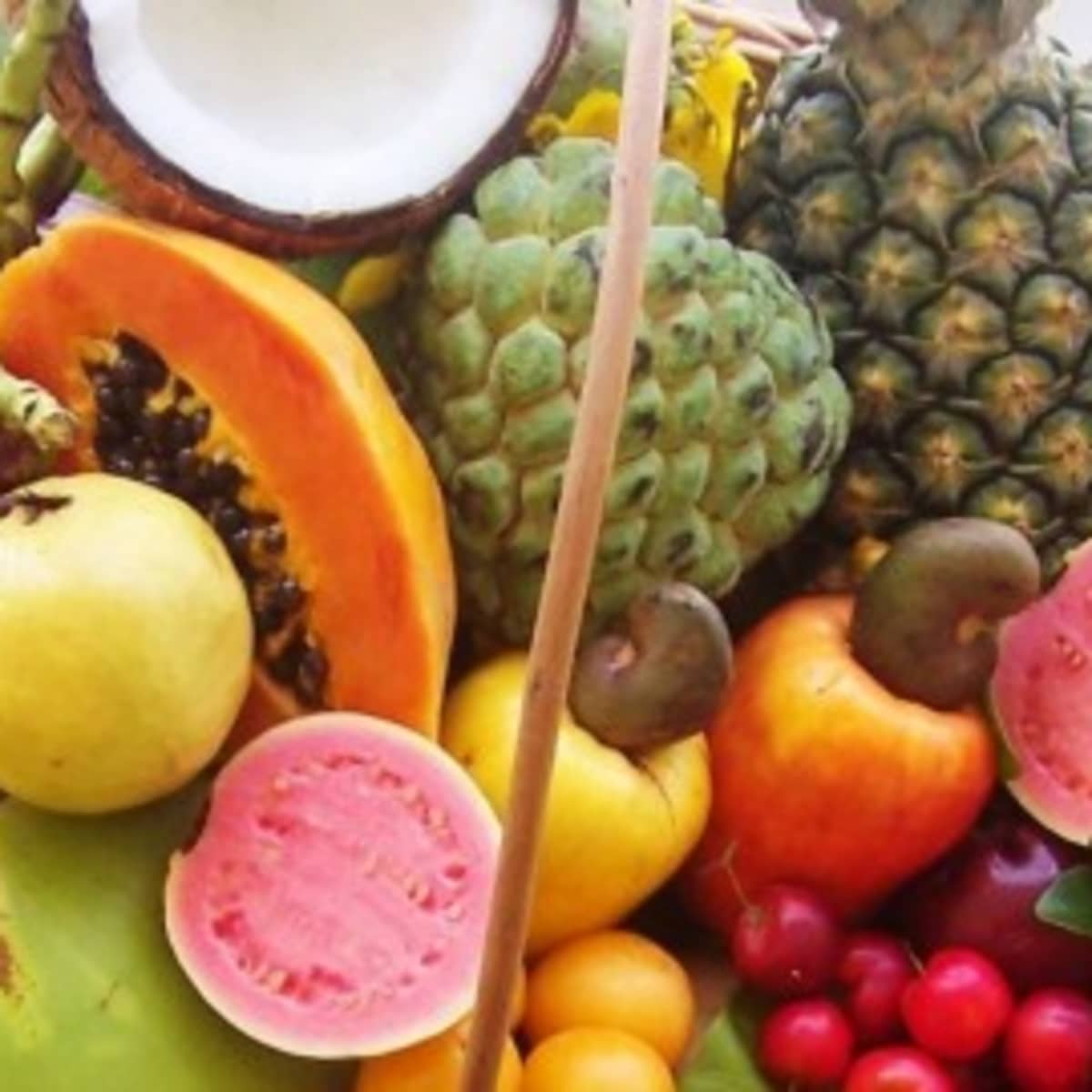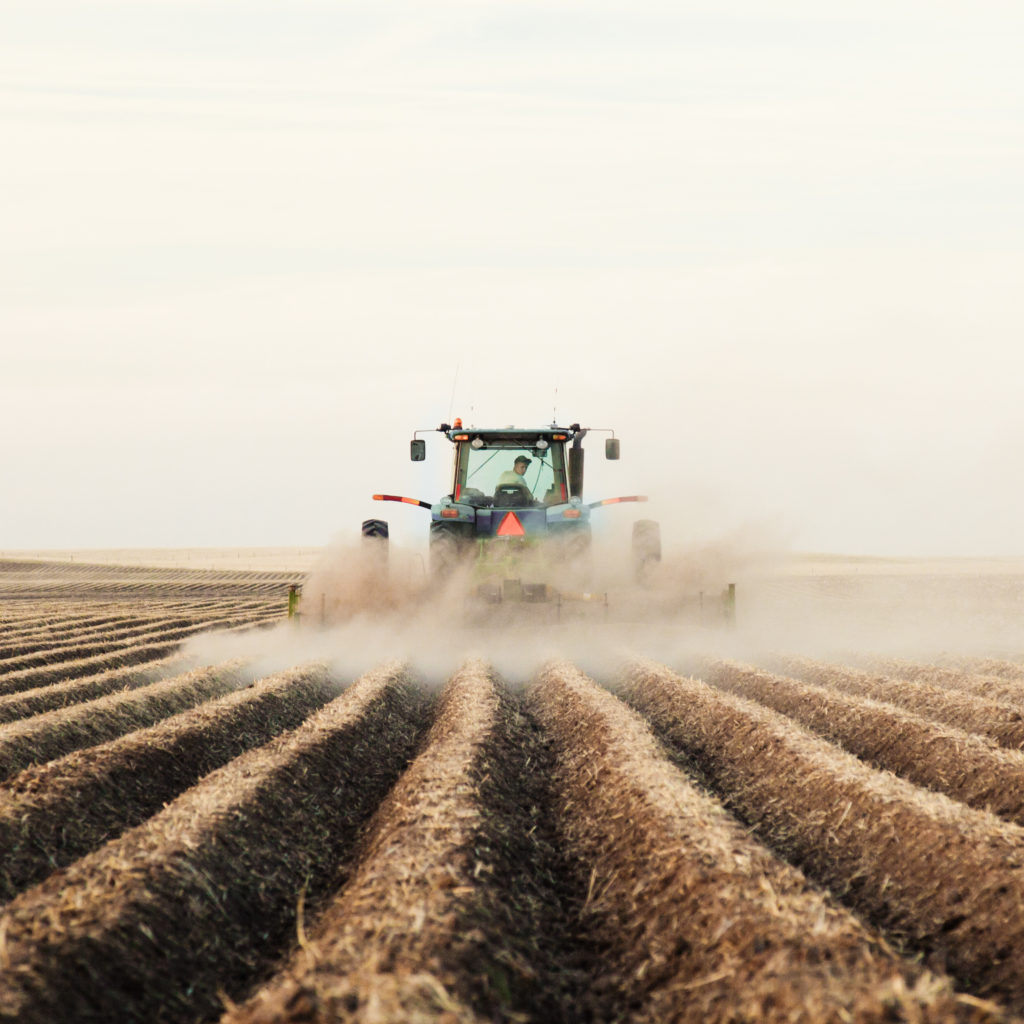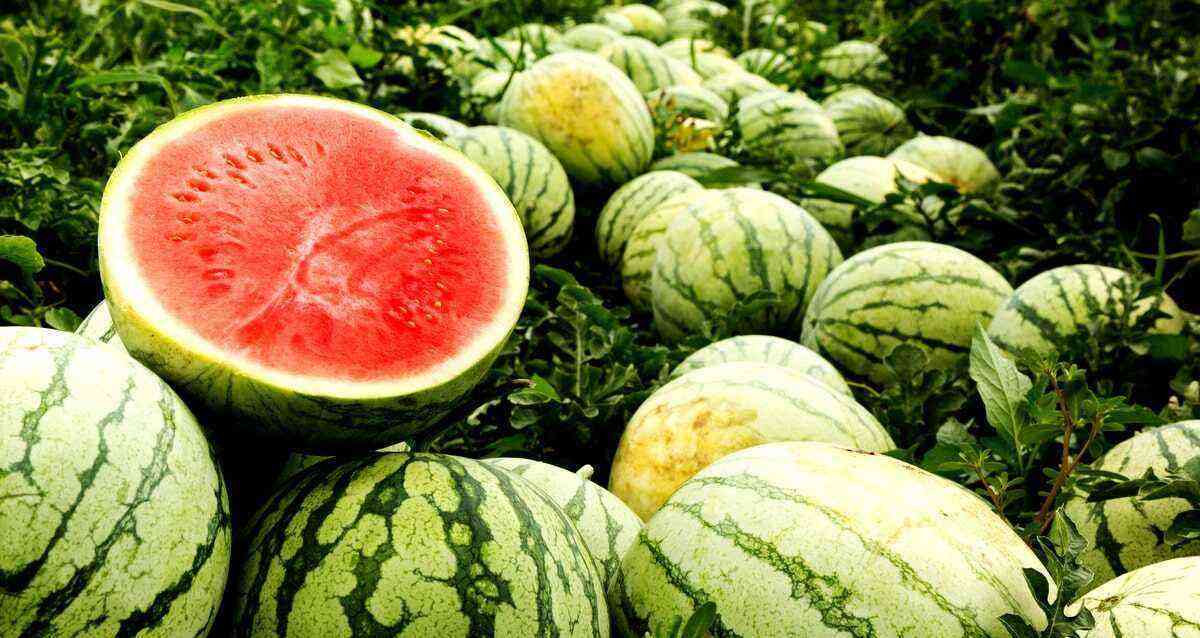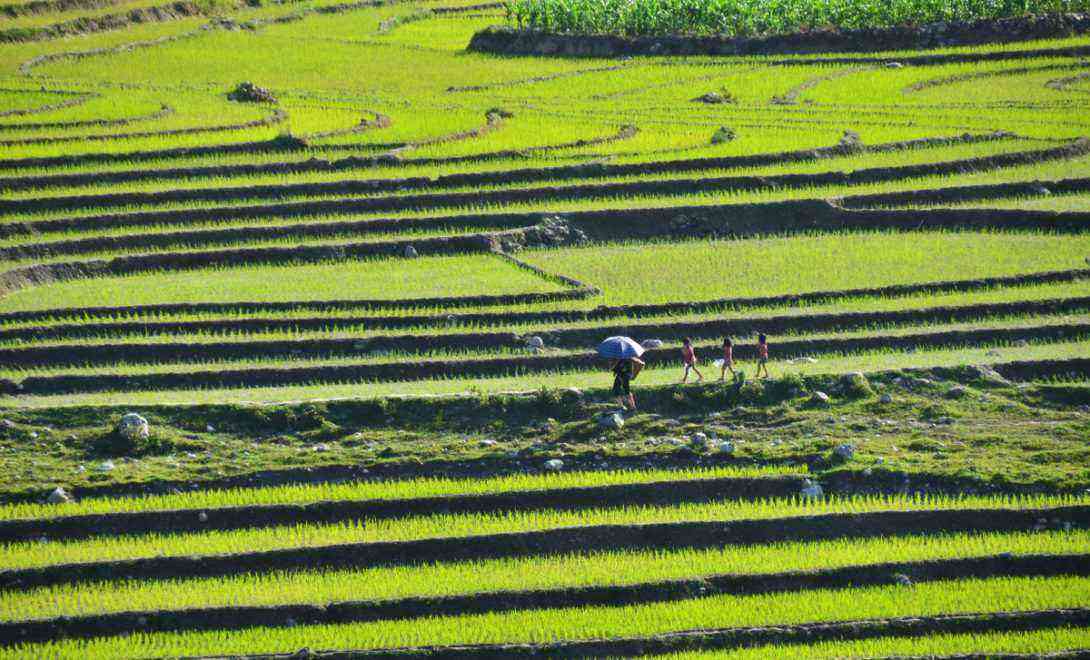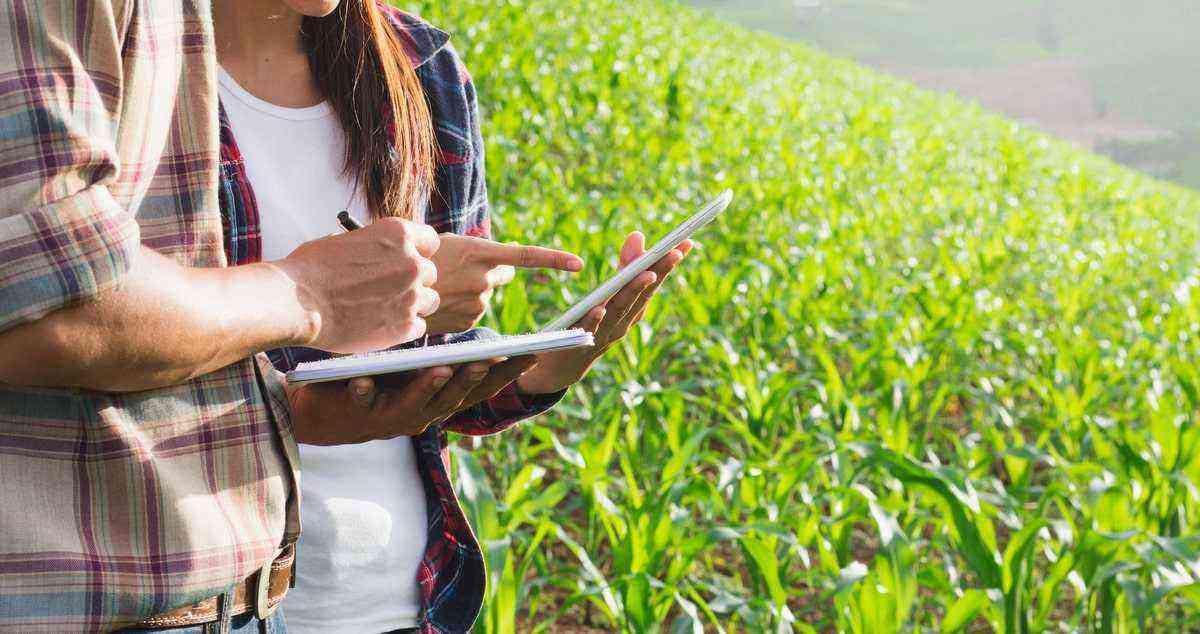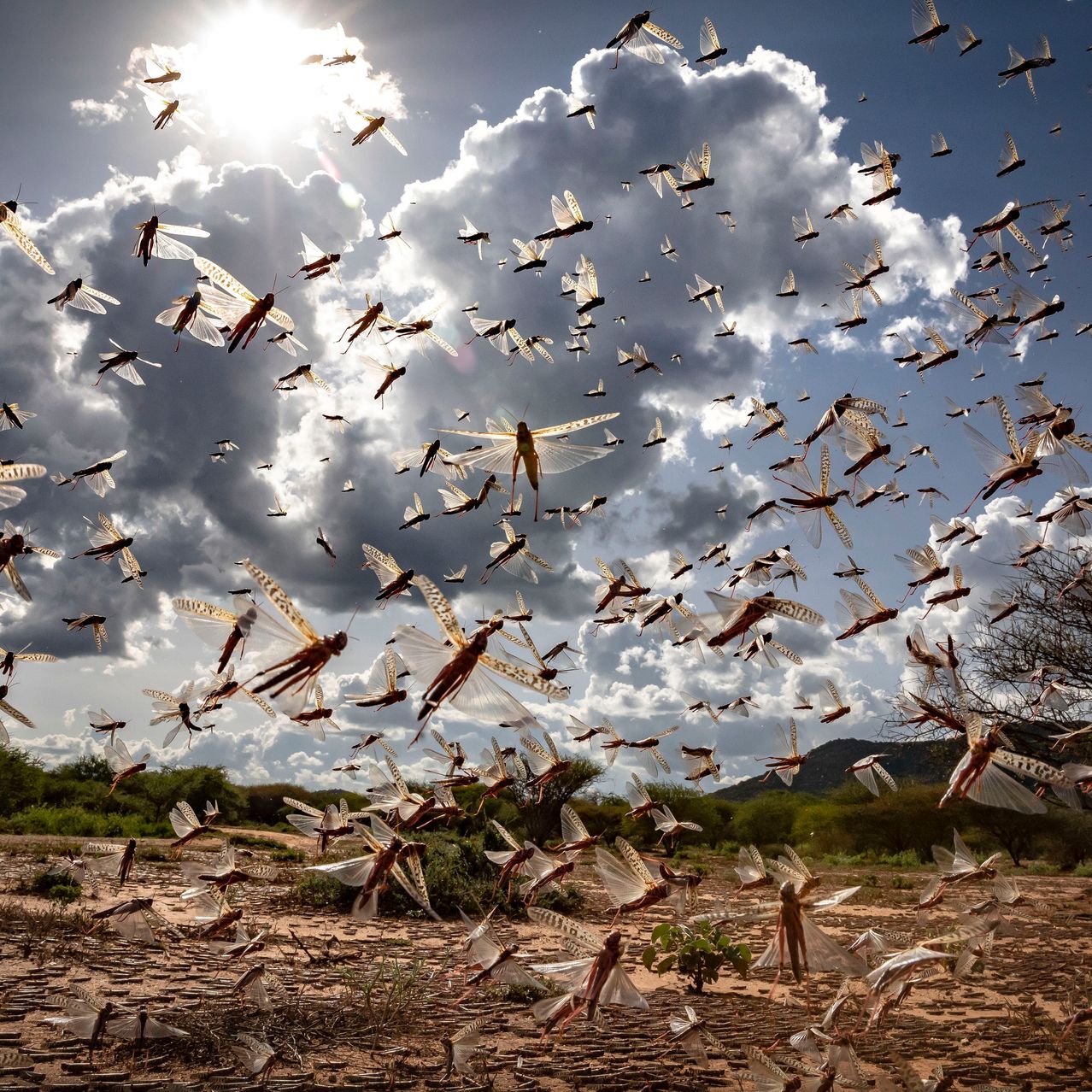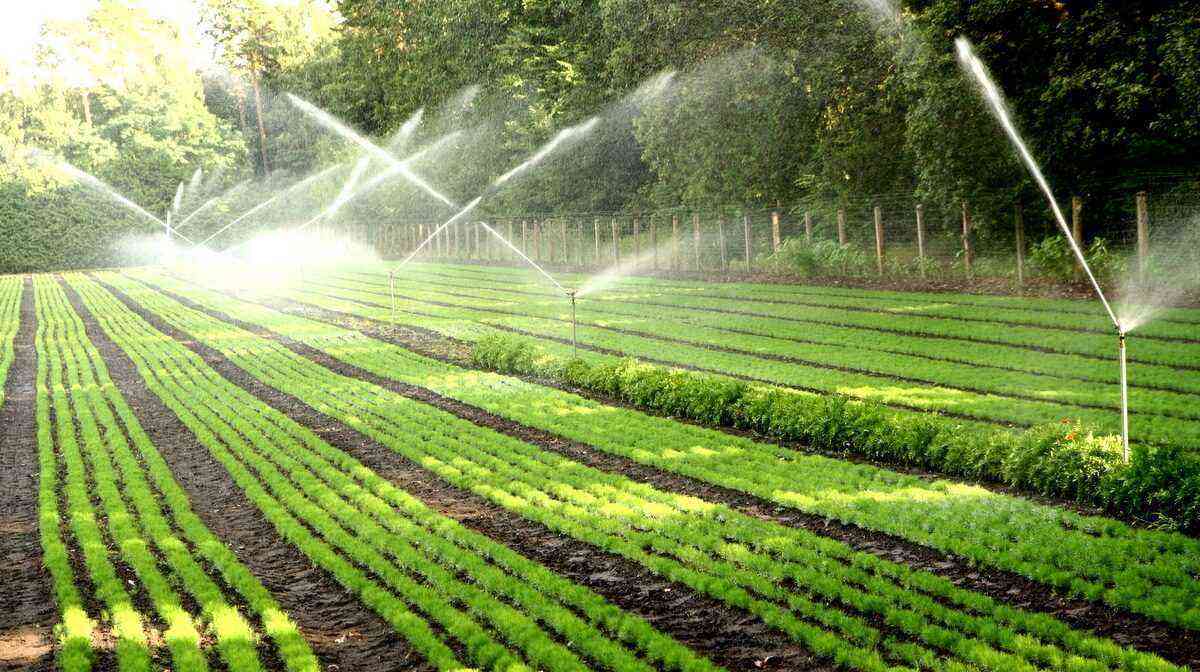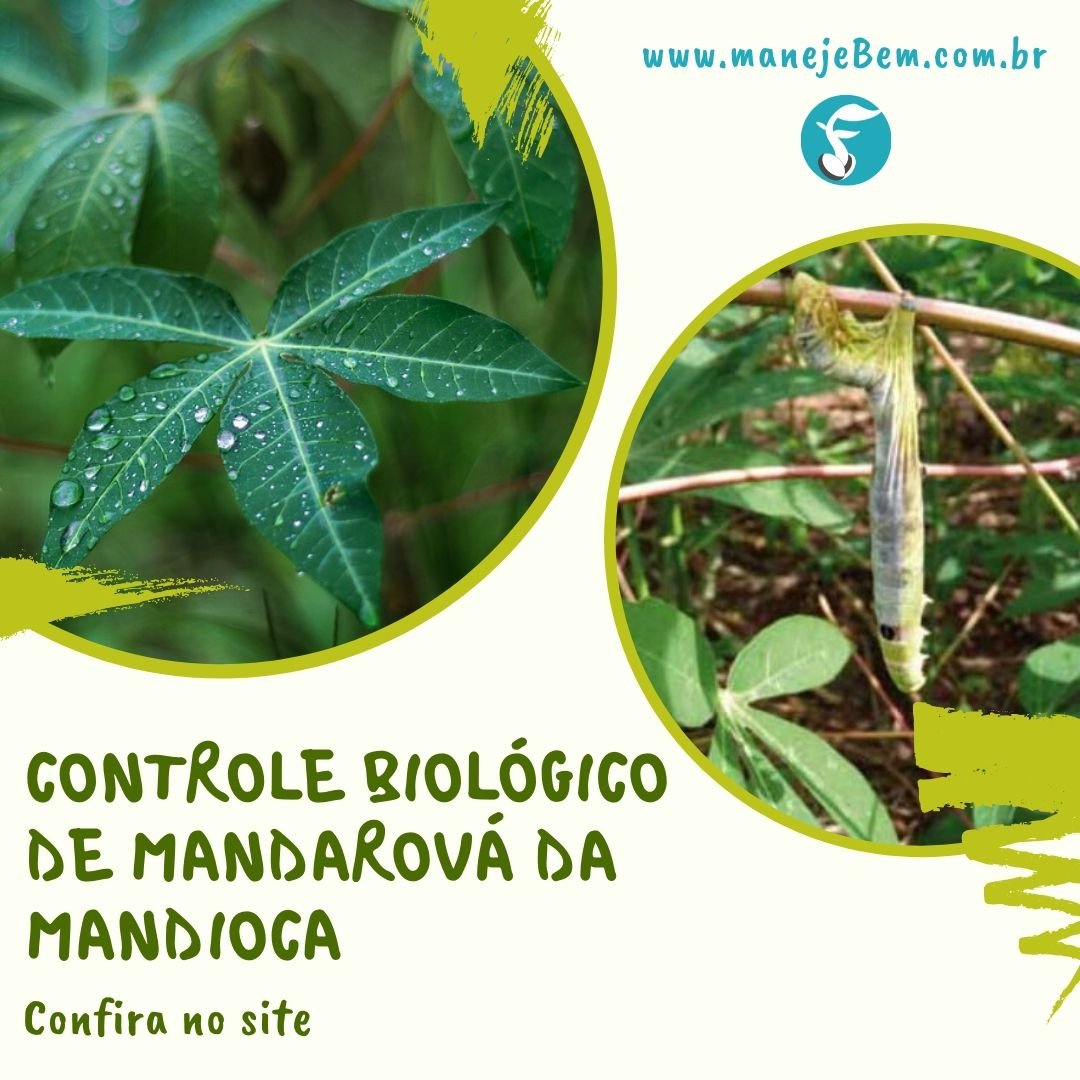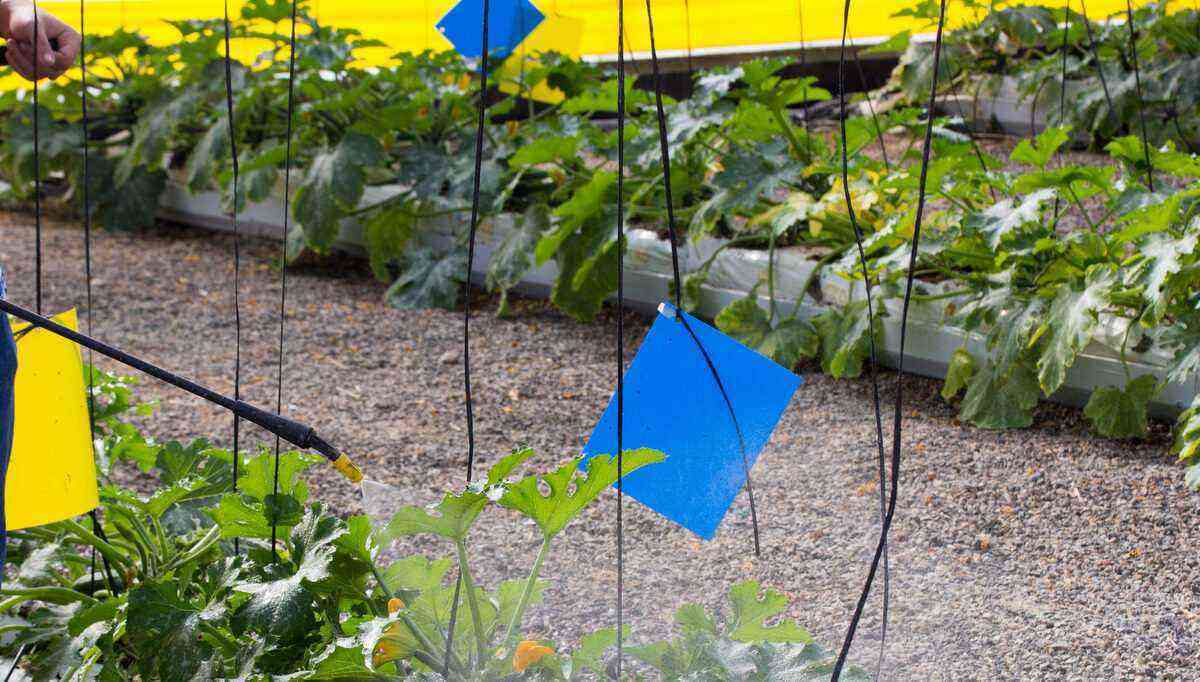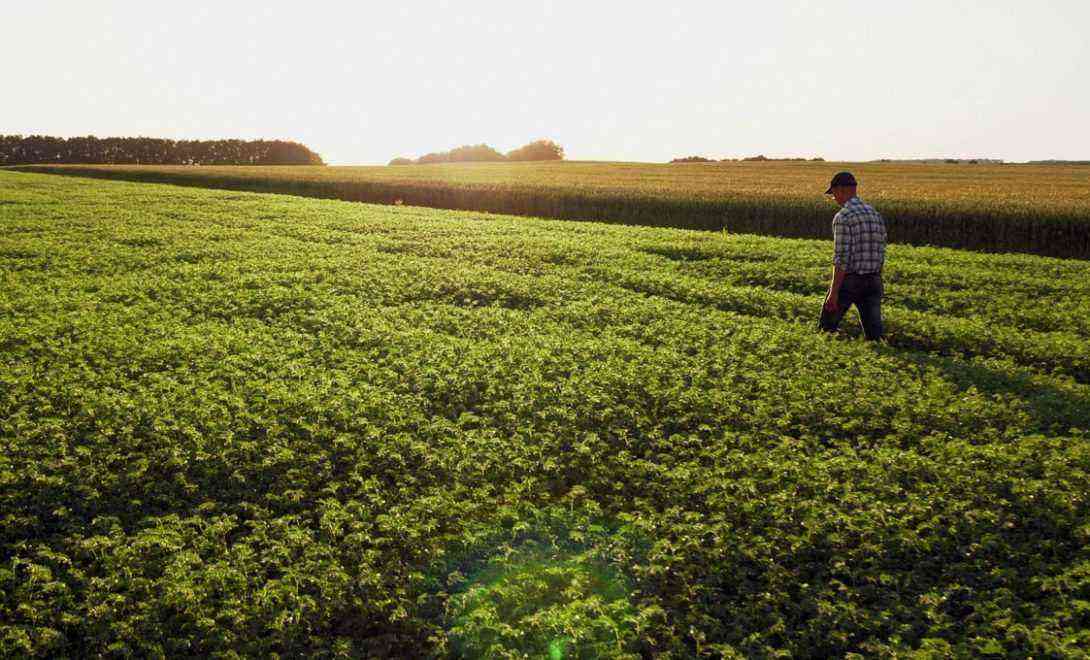Agriculture in the Southeast region is very important for the local economy, even with the weight of the industry. Sugar cane is the main crop.
The Southeast region is the one that most contributes to the Brazilian Gross Domestic Product (GDP). Together, the states of São Paulo, Rio de Janeiro, Minas Gerais and Espírito Santo are responsible for more than half of all the wealth produced by Brazil.
The economy of São Paulo is the one that stands out the most. According to the Brazilian Institute of Geography and Statistics, the state of São Paulo alone contributes more than 30% of the Brazilian GDP, and its capital alone produces 10% of all national wealth. The difference with the second place, Rio de Janeiro, is big: the people from Rio de Janeiro account for 11,6% of the country’s economy.
As much as much of this wealth is due to industries (São Paulo is the largest industrial park in Latin America), agriculture in the Southeast region is also strategic for the area, generating jobs and moving the economy locally and nationally.
Sugarcane is the main crop developed in southeastern Brazil.
The importance of agriculture and livestock for the Southeast region
Agriculture has always been a very important external factor for the development of the Southeast region. Historians point to coffee growing as being largely responsible for the intense local industrialization, especially in São Paulo.
The sector was also responsible for the political power that these states had historically. During the Old Republic, presidents from Minas Gerais and São Paulo alternated in power, which became known as the Café-com-Lite Policy, the first being a specialty of São Paulo and the second of Minas Gerais.
Although times have changed, agriculture and livestock continue to be strategic for the Southeast region. Also according to the IBGE, it has almost 900 thousand agricultural and livestock rural properties, both family and non-family. Of these, just over 227 are in São Paulo.
The main agricultural products in the Southeast region
The Southeast was the birthplace of coffee growing in Brazil – so much so that, until the mid-twentieth century, the state of São Paulo was one of the main coffee producers in the world.
However, the stock market crash in 1929 and the decrease in consumption of the product in the United States caused a decrease in planting. Today, there are more strategic crops, such as:
Sugar cane
The state of São Paulo is the main producer of sugarcane in Brazil. São Paulo farmers have a planted area of 5,6 million hectares (55% of the national total), which produce more than 440 million tons and generate R$ 27,6 billion reais, according to the IBGE.
The cultivation of sugarcane is closely linked to the production of ethanol: in São Paulo alone, there are more than 120 plants. Thus, whoever invests in this culture has practically a certain destination for production.
Orange
In the case of oranges, again, the state of São Paulo is primarily responsible for regional leadership. Along with the Triângulo Mineiro, the region was responsible for the production of 245,3 million boxes of 40,8 kg in the 2016/2017 harvest and the estimate for this year’s harvest is 364,47 million boxes. According to the United States Department of Agriculture (USDA) the state of São Paulo alone is responsible for 28% of the world’s supply of the fruit.
Again, production supplies industry – in this case, food. Of all the orange juice produced, 95% is for external consumption. A small part of the orange production itself is also exported, mainly to Florida.
The Southeast region is the leader in orange production and the state of São Paulo is the most responsible.
Milk
A historic product of the Southeast, milk continues to be important, even though it is no longer the main crop in the region: among the 200 Brazilian municipalities with the highest production volume, 38 (64%) are in the Southeast.
Eucalyptus
A crop that is not often remembered, but is also relevant, is eucalyptus. It is a product on the rise, especially in Espírito Santo: the Capixaba Institute for Research, Technical Assistance and Rural Extension (Incaper) estimates that there are more than 250 thousand hectares of plantations in the state. This is due both to state and private incentives and to the financial return: eucalyptus can yield 20% more than the rubber tree.
Whoever intends to invest in cultivation in Espírito Santo receives technical assistance from Incaper itself. The reason is the high demand: current production meets only half of the industry’s needs.
The importance of Southeast agribusiness to the local and national economy
As impressive as the figures are, it is not only the sales of agricultural products that drive the economy of the Southeast and the rest of Brazil: this sector ends up moving many others along its production chain.
The region stands out for having an extremely developed agriculture. Agribusiness entrepreneurs often invest in the use of state-of-the-art agricultural machinery, state-of-the-art pesticides and powerful fertilizers, in order to make the crop more productive. Consequently, many other industries benefit from the sector’s growth, such as mechanics and chemicals.
Whether in the Southeast region or across the country, Brazilian agribusiness has been charting a path of growth and thus becoming one of the driving forces behind the national economy.
See more topics:

